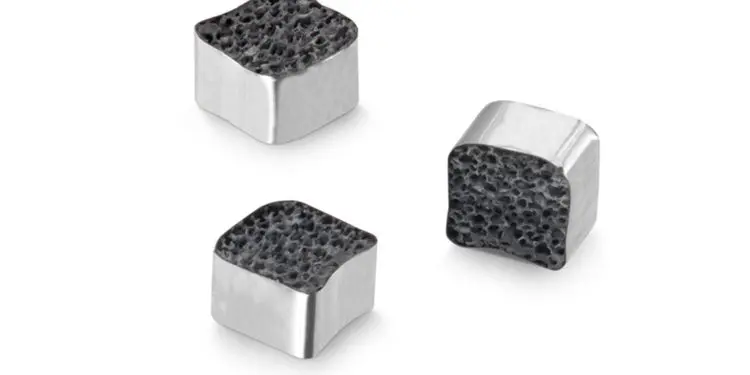Source: Würth Elektronik news
Waldenburg (Germany) – With WE-SMGS, Würth Elektronik offers solderable seals for surface mounting.
The WE-SMGS consists of a temperature resistant foam material, which combines the conductive seals with high elasticity. After compression, they then return to their original shape. The layer surrounding the heat-resistant foam is made of copper weave with tinning. It facilitates the soldering process in the reflow oven.
WE-SMGS can be used to establish contact between the PCB ground and metallic housing or other external metallic elements. It can also be used for low-resistance HF connections between the grounding points of two superimposed PCBs.
These elements are designed for the pick-and-place/reflow process thus represent an alternative to WE-SECF contact fingers. WE-SMGS is available from stock in various heights from 2.5 to 15 mm. Würth Elektronik provides free samples on request.































